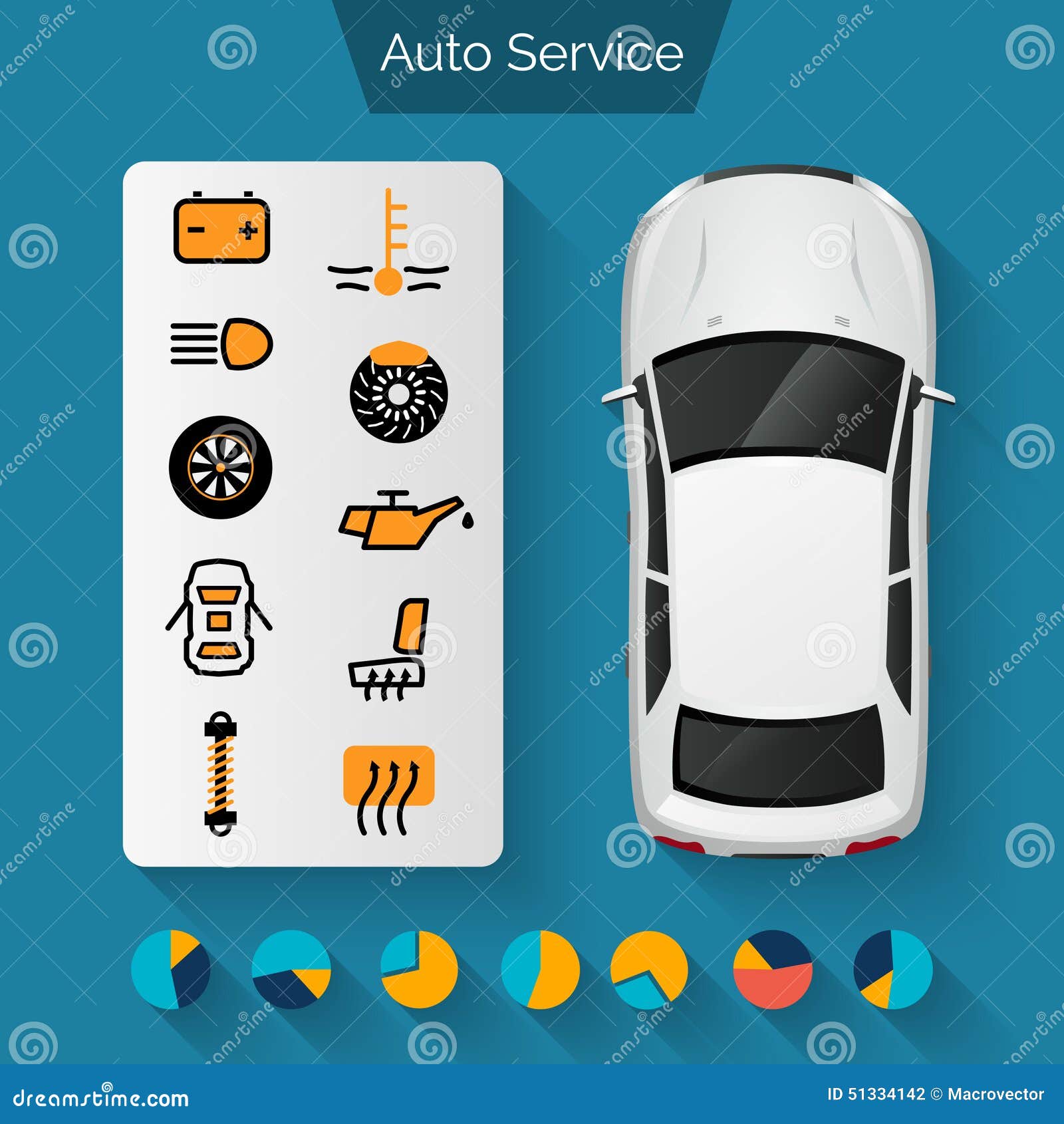Examining Your Cars And Truck'S Warning Indicators: What They Truly Communicate
Examining Your Cars And Truck'S Warning Indicators: What They Truly Communicate
Blog Article
Short Article Produced By-Samuelsen Dalgaard
When you lag the wheel, those beautiful warning lights on your control panel can be a bit difficult. Do you recognize what they're attempting to inform you concerning your vehicle's health? Comprehending the importance of these lights is crucial for your safety and the long life of your vehicle. So, the following time one of those lights appears, would not you intend to decipher its message precisely and take the needed actions to address it?
Common Caution Lighting and Interpretations
Determine common warning lights in your cars and truck and comprehend their meanings to ensure secure driving.
One of the most typical warning lights consist of the check engine light, which indicates issues with the engine or discharges system. If this light comes on, it's important to have your automobile examined without delay.
The oil stress cautioning light shows reduced oil pressure, calling for instant attention to prevent engine damages.
A flashing battery light could recommend a faulty charging system, possibly leaving you stranded if not addressed.
The tire stress surveillance system (TPMS) light alerts you to reduced tire pressure, influencing car stability and gas efficiency. Neglecting this might result in harmful driving conditions.
The ABS light indicates a problem with the anti-lock stopping system, jeopardizing your ability to quit quickly in emergencies.
Lastly, the coolant temperature warning light warns of engine getting too hot, which can cause serious damages otherwise dealt with promptly.
Understanding these typical warning lights will certainly help you resolve concerns promptly and maintain risk-free driving problems.
Value of Prompt Focus
Understanding the common caution lights in your vehicle is only the initial step; the importance of quickly attending to these cautions can't be emphasized sufficient to ensure your safety and security on the road.
When a caution light illuminates on your control panel, it's your auto's way of communicating a possible problem that requires focus. Overlooking read more can lead to more extreme troubles in the future, compromising your safety and possibly costing you a lot more in repairs.
Motivate attention to cautioning lights can avoid breakdowns and mishaps. As an example, a flashing check engine light could suggest a misfire that, if left unattended, can cause damage to the catalytic converter. Resolving b&b auto detailing without delay can conserve you from a pricey repair service.
Likewise, a brake system advising light might indicate low brake liquid or used brake pads, crucial parts for your security when driving.
Do It Yourself Troubleshooting Tips
If you observe a warning light on your dashboard, there are a few do it yourself repairing suggestions you can try before seeking professional help.
The initial step is to consult your vehicle's handbook to understand what the specific caution light suggests. Sometimes the problem can be as simple as a loosened gas cap triggering the check engine light. Tightening up the gas cap may resolve the problem.
Another typical concern is a reduced battery, which can activate different advising lights. Inspecting the battery links for deterioration and guaranteeing they're protected might fix the issue.
If a caution light persists, you can attempt resetting it by separating the auto's battery for a few minutes and afterwards reconnecting it. In addition, examining your vehicle's fluid levels, such as oil, coolant, and brake fluid, can aid repair advising lights associated with these systems.
Read More At this website
In conclusion, comprehending your cars and truck's caution lights is essential for keeping your lorry running smoothly and securely. By promptly addressing these notifies and understanding what they mean, you can avoid costly fixings and possible failures.
Bear in mind to consult your auto's guidebook for particular information on each advising light and do something about it appropriately to guarantee a hassle-free driving experience.
Remain notified, remain secure on the road!
